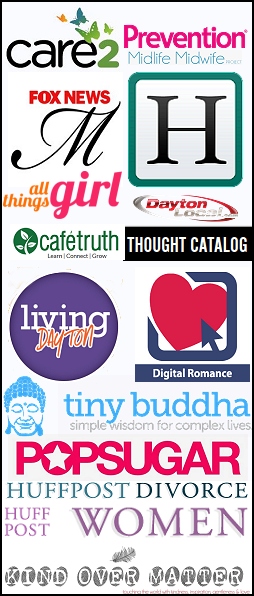The first library dates back to around 2500 BCE and was built in ancient Mesopotamia. It had a collection of clay tablets inscribed with cuneiform script and contained administrative, legal, and literary texts. Of course, this is an example of the oldest library that is known historically today, but it should be said that those that were built even in the 7th century BCE still looked similar. Libraries still had clay tablets in that period, but the texts also included history, science, literature, and religion. However, the most famous ancient library is the Library of Alexandria. It was established in the 3rd century BCE in Egypt. It was the center of learning and scholarship in the ancient world. Moreover, it held many scrolls and works from different civilizations.
For most people, libraries are places where you can borrow a book and read or write a paper in silence. College students can even use public library computers to work on academic projects, whether with the help of services like CustomWritings or independently. Today, libraries are places where people can hide from the hustle and enjoy the reading process.
The Evolution of College Libraries
Of course, college libraries were not those you see them now. Many years ago, not all researchers and learners were even allowed to visit them. It was a real achievement to get an opportunity to read something. Some safety precautions were too rough regarding people who simply wanted to get some knowledge. However, it is very interesting to understand that modern libraries have such a severe base. Let’s take a brief look at the main stages of modern libraries’ formation.
12th-15th Century: The Medieval Period
Libraries in Oxford and Cambridge were small, with private collections in monastic settings, and were accessible only to a few scholars. These had handwritten manuscripts, religious texts, and classical works. The books were often chained to desks in order to prevent theft because the items presented were rare and valuable.
16th-18th Century: Modern Libraries
During this period, libraries got enough printed materials thanks to the invention of the printing press, including notable institutions like the Bodleian Library, and became more open to students. Cataloging systems were introduced, and libraries began to adopt the shelf classification method to organize more extensive collections.
18th-19th Century: The Enlightenment Era
Many universities built larger, dedicated library buildings. These made libraries more accessible to students and faculty and led to the rise of research-based learning. At those libraries, students could find books on science, philosophy, and literature.
20th Century: Modern Academic Libraries
In the XX century, libraries adopted new technologies such as microfilm, photocopiers, and early computer systems and became central research hubs. These were designated spaces for quiet study and reading. That period is known for the rapid expansion of collections and the diversity of materials, including journals, magazines, and audiovisual content. Online catalogs (OPACs) and electronic databases replaced traditional card catalogs and made the materials more accessible.
Late 20th Century – Early 21st Century: The Digital Age
During the digital age, libraries transformed into multi-functional spaces, integrating technology labs, group study areas, and digital research centers. Since then, remote access to digital resources like e-books, online journals, and multimedia resources has become common.
Now: Hybrid Libraries
Today, libraries serve as hubs for innovation, incorporating maker spaces, tech labs, and areas for interdisciplinary collaboration. Many libraries offer access to 3D printing, virtual reality, and multimedia production tools. In academic research, libraries allow the use of AI-driven search tools, personalized digital services, and robust learning resources.
You know, some libraries have been improving over years and eras, and it is so perfect to observe such formation and development.
The Modern Library: The Features Students Can Enjoy Today
Here are some examples of how modern libraries are organized and what features they offer students.
-
- Collaborative study zones
- Creative labs
- Pop-up workshops
- Tech hubs
- Relaxation and meditation corners
- Peer tutoring stations
- Themed book clubs and discussion circles
As you can see, libraries are no longer just quiet places to read. Modern libraries provide college students with a large number of opportunities to make their academic life easier and more enjoyable. As with ancient libraries that provided people with unique items they could not find anywhere else, modern libraries provide college learners with unique opportunities they can’t afford to have at home. If you are a college student who does not attend libraries, try this stuff, and you will definitely like it!
Seeking more tips and tricks to love your life?
Snag a free workbook and get inspiration on all the ways to love your life even more.
>>Click Here to Discover Additional Articles on How to Fall in Love with Yourself and Your Life <<









